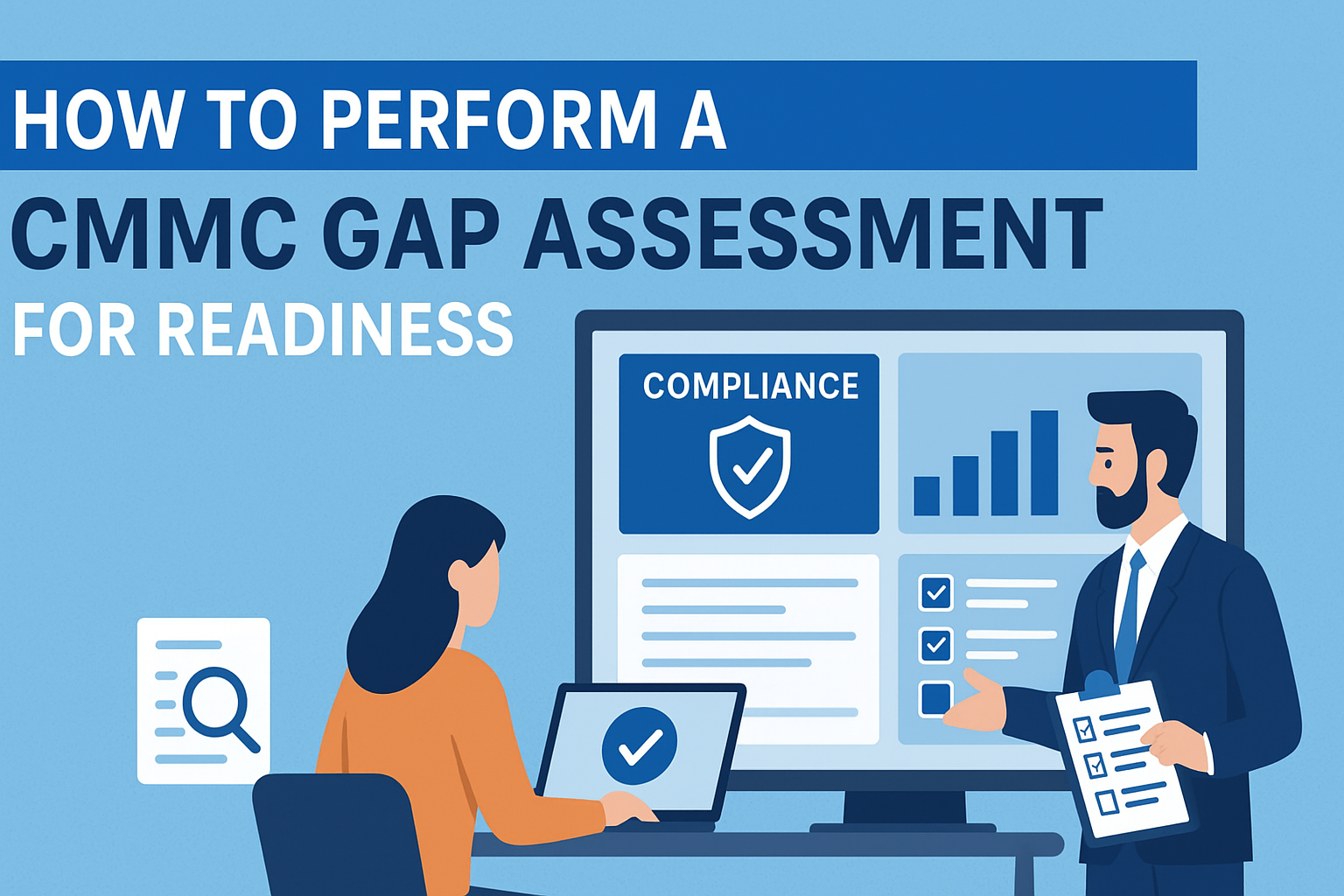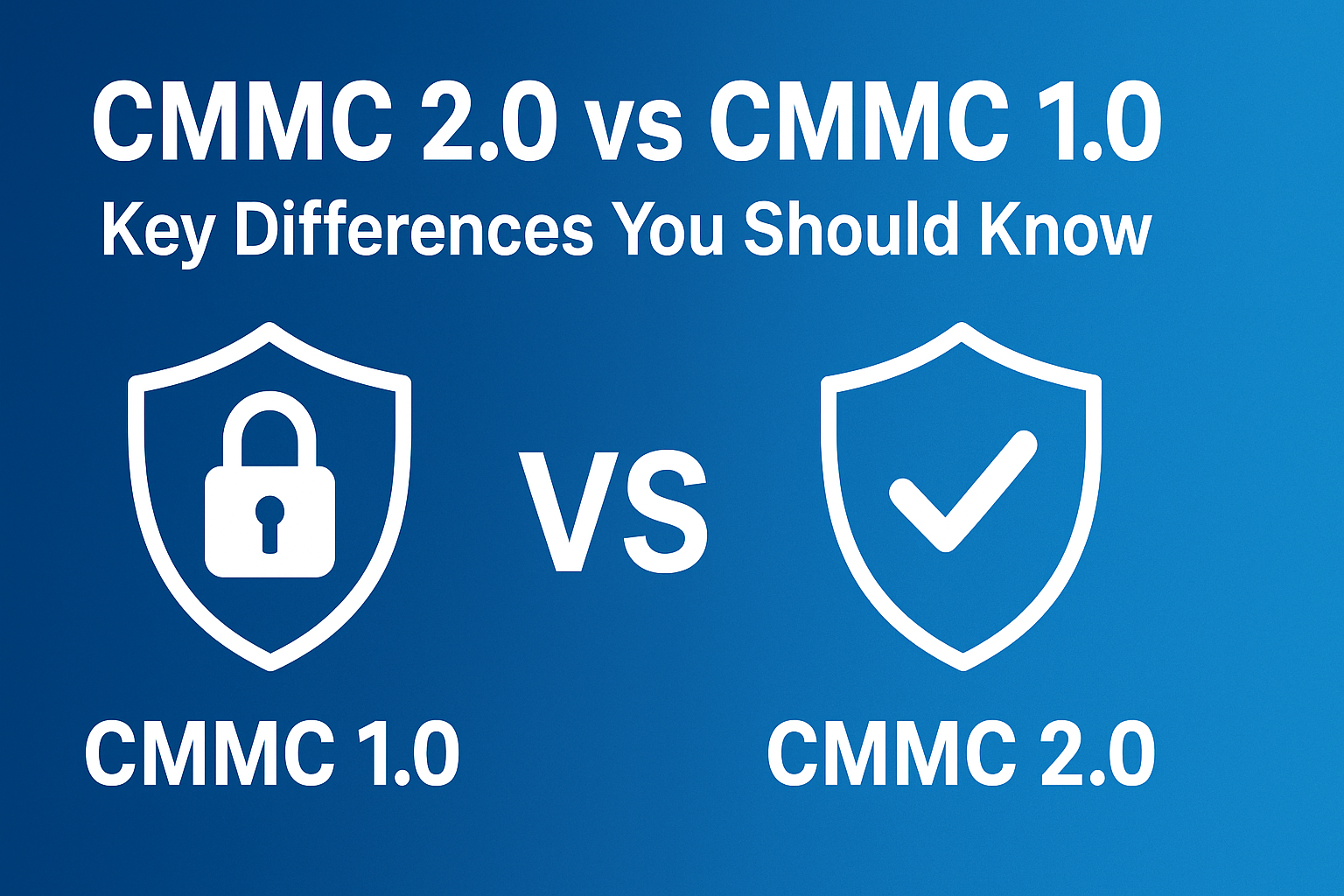The Cybersecurity Maturity Model Certification (CMMC) is now a crucial requirement for any organization working with the U.S. Department of Defense (DoD). Whether you’re a prime contractor or a small subcontractor, achieving CMMC compliance isn’t optional — it’s mandatory for maintaining eligibility to bid on defense contracts.
But before diving into full implementation, smart organizations start with a gap assessment. This crucial step helps you understand where your current cybersecurity posture stands compared to the CMMC requirements — and what needs to change to achieve compliance.
Here’s a step-by-step guide on how to perform a gap assessment for CMMC readiness.
1. Understand Your Target CMMC Level
CMMC has multiple maturity levels (currently Level 1, Level 2, and Level 3 under CMMC 2.0). Each level corresponds to the sensitivity of the information you handle:
- Level 1: Basic safeguarding of Federal Contract Information (FCI)
- Level 2: Advanced requirements for protecting Controlled Unclassified Information (CUI)
- Level 3: Expert-level practices for the most sensitive contracts
Knowing your target level ensures you don’t under- or over-prepare. Start by reviewing your contracts to determine whether you handle FCI, CUI, or other sensitive data.
2. Map Current Policies and Controls
Gather all your existing cybersecurity policies, procedures, and technical controls. Examples include:
- Access control policies
- Incident response plans
- Employee security awareness training records
- Multi-factor authentication configurations
- Network security tools and logs
This documentation will form the baseline for your gap analysis.
3. Compare Against CMMC Practices
Next, align your existing security measures with the required practices for your target level. For example, Level 2 has 110 security controls derived from NIST SP 800-171.
A practical approach is to:
- Create a spreadsheet listing each CMMC requirement
- Add a column for your current implementation status
- Mark each as Implemented, Partially Implemented, or Not Implemented
This side-by-side comparison highlights gaps that need remediation.
4. Assess Technical vs. Documentation Gaps
Gap assessments aren’t just about technology — documentation matters just as much. For example, you may already have strong password controls, but if there’s no written policy or record of enforcement, it will count as a gap during an assessment.
Break down your findings into:
- Technical gaps (missing tools, configurations, monitoring)
- Process/documentation gaps (missing policies, lack of evidence, untrained staff)
This helps prioritize fixes and allocate resources effectively.
5. Conduct Risk Scoring
Not all gaps are equal. Assign a risk score to each gap based on:
- Potential impact on sensitive data
- Likelihood of exploitation
- CMMC requirement priority (some controls are foundational)
This allows you to focus first on high-impact issues like access control, incident response, and data encryption.
6. Build a Remediation Roadmap
With the gaps identified and prioritized, create a remediation plan that includes:
- Specific actions needed (e.g., implement MFA, update policy, deploy log monitoring)
- Responsible stakeholders
- Estimated costs and timelines
- Milestones for progress tracking
This roadmap becomes your action plan for achieving CMMC readiness.
7. Perform a Readiness Review
Before scheduling a third-party assessment, do an internal mock audit or hire a CMMC Registered Practitioner (RP) to validate that your remediations are complete and well-documented. This step significantly increases your chance of passing the official CMMC assessment on the first attempt.
Final Thoughts
A CMMC gap assessment is not just a checkbox activity — it’s the foundation for your entire compliance journey. By understanding where you stand today, you can plan effectively, allocate budget wisely, and avoid costly surprises during the official audit.
Taking a proactive, structured approach to your CMMC gap assessment puts you ahead of competitors and strengthens your cybersecurity posture — which ultimately protects your contracts, your data, and your reputation.



